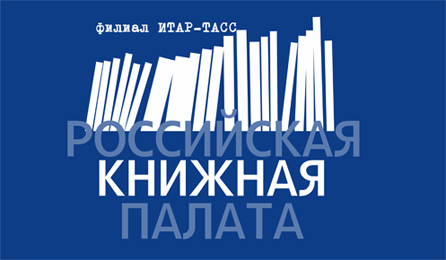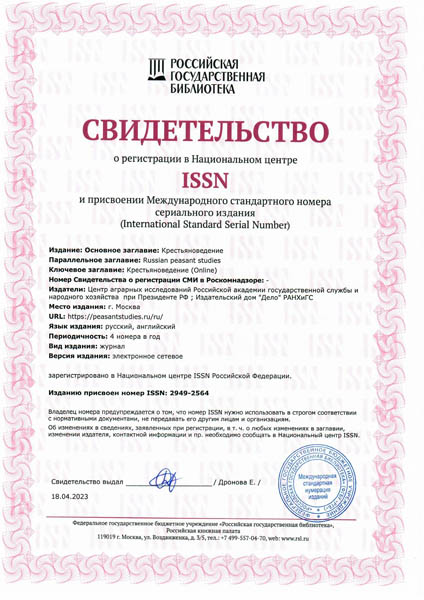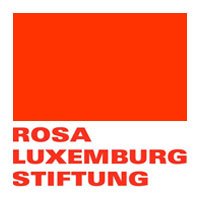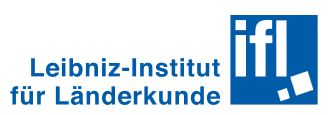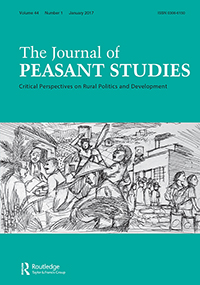Filev M. V. How the reforms of Malenkov and Khrushchev changed the life of the collective farm Bolshevik: A microhistoric study // The Russian Peasant Studies. 2022. V.7. №2. P. 68-92.
DOI: 10.22394/2500-1809-2022-7-2-68-92
Annotation
In historiography, agricultural transformations started by G. M. Malenkov and N. S. Khrushchev are usually considered as having improved the situation of the peasantry and the level of production. The author assesses the effectiveness of these reforms with a microhistorical approach based on the study of the collective farm Bolshevik in the Pravdinsky district of the Kaliningrad Region — as typical for the region and the country. The research is based on the archives of this kolkhoz: collective farmers’, communist party members’ and managers’ meetings, annual reports, documents of the regional agricultural authorities. The article describes the main changes in the structure of agricultural production: reorganization of labor brigades, daily routines and machine-tractor stations, consolidation of the collective farm, etc. The author examines the state policy regarding personal subsidiary economies of collective farmers: on the one hand, there were new restrictions, on the other hand, resources of peasant economies improved the statistical indicators of the kolkhoz. The article focuses on administrative and economic ways for motivating peasants to work in the collective farm and shows their inconsistency in terms of increasing labor productivity. Annual statistical reports of the collective farm on animal husbandry and crop production show no sustainable growth of any indicators and only modest progress due to the extensive methods of development and exploitation of the collective farmers’ personal subsidiary economies. The author emphasizes the absence of any significant results from the 1950s reforms which did not affect the roots of the collective-farm system inefficiency.
Keywords
Agrarian reforms, microhistory, Kaliningrad Region, collective farm, machine-tractor station, personal subsidiary economies, G. M. Malenkov, N. S. Khrushchev.
About the author
Filev Maksim V., PhD Student, Immanuel Kant Baltic Federal University. 236041, Kaliningrad, Alexander Nevsky St., 14.
E-mail: This email address is being protected from spambots. You need JavaScript enabled to view it.


